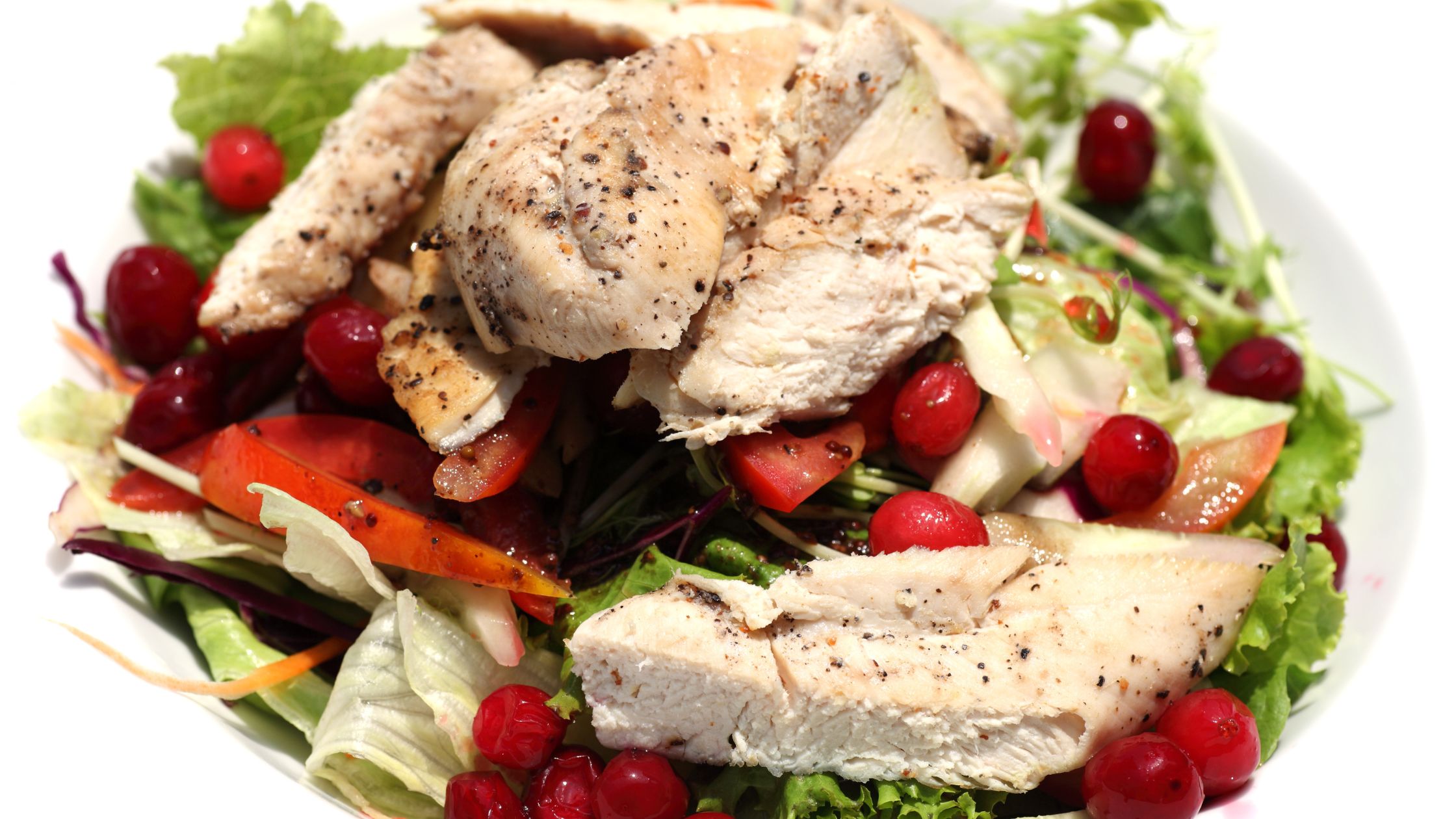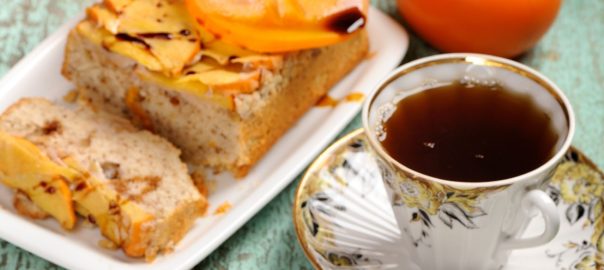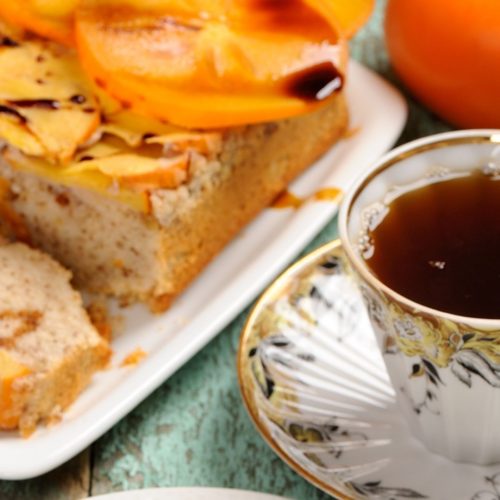It's that time of year for many students. Exam time. And because it's the end of the semester that means final exams. This tends to bring high levels of stress, late nights fueled by far too much caffeine, and poor eating choices. For those who have students in their life here are a few strategies that may help with stress reduction.
- Know your stressors – recognizing when we are stressed is a big piece of the puzzle. We can then be proactive about it by engaging in stress-relieving activities
- Stay hydrated – when we are dehydrated that simply causes physical stressors as well. Drink water to stay hydrated, not caffeinated beverages. Caffeine has been known to increase anxiety and to raise blood pressure, not good combinations for a stressful situation
- Eat well – make sure to not let your blood sugars dip out of control. When this happens we are more likely to binge eat, especially on sugars, which can further destabilize blood sugar. Having small snacks that are high in protein such as raw nuts, or delicious crunchy veggies with hummus are a great way to help avoid the munchies later in the day.
- Sleep – the temptation when we are stressed about impending deadlines is for us to pull an all-nighter. This can actually impair cognitive function. When we are well-rested we are better able to handle stress.
- Breathe – when we are stressed we often start to breathe shallowly. This is usually an unconscious shift. By stopping to take deep, slow breaths we help to oxygenate and we also force ourselves to calm down, even if just for a little while. Try it now, take three long slow deep breaths, you'll be amazed at how different you feel.
- Try whole body relaxation – this is a process where you tense and relax the muscles in your body. The entire process takes just a few minutes but can help to let go of a lot of stress. Typically the pattern is to start by tensing the muscles in your feet, counting to five, and then relaxing them. Then repeat this for the calves, thighs, buttocks, and so on all the way up the body to the face.
- Take a laugh break – laughter is good for us. Watching a funny video on YouTube, telling jokes with a friend, or reading something humorous can all help to relieve stress.











